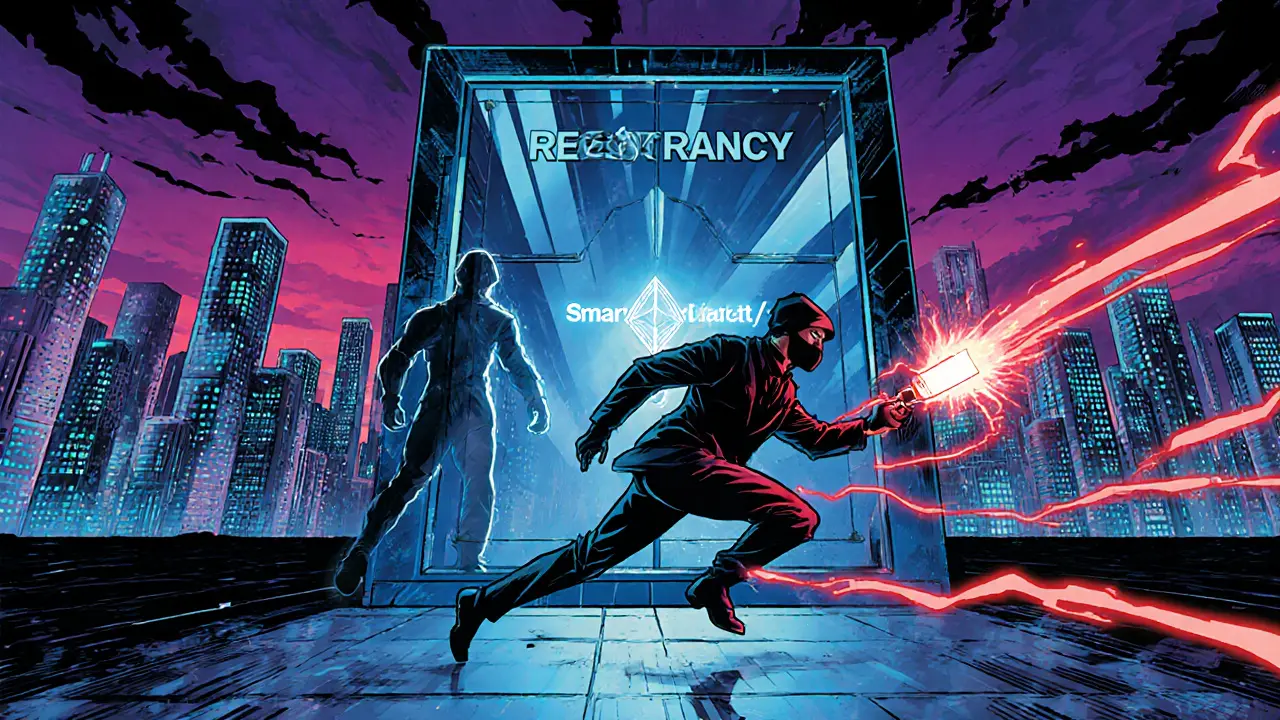Check Effect Interaction
When working with Check Effect Interaction, the practice of verifying how a smart contract’s state changes after each transaction, helping spot bugs and security gaps. Also known as state change verification, it forms the backbone of reliable blockchain development.
One of the most common arenas where crypto airdrop success depends on proper check effect interaction is token distribution. A well‑executed airdrop—like the POSI or CRDT drops we cover—needs a contract that accurately records eligibility, prevents double claims, and updates balances in real time. When the contract’s check effect fails, users lose tokens and projects face credibility damage. This link illustrates the triple: Check effect interaction ensures accurate airdrop outcomes, which in turn boosts token adoption. Another critical area is crypto exchange, platforms where users trade assets and rely on smart contracts for order matching, fee calculation, and withdrawal handling. Exchanges such as OpenSwap or DefiPlaza embed numerous state‑changing functions; any oversight can expose funds to loss or allow market manipulation. Here, the semantic connection reads: Crypto exchanges require robust check effect interaction to maintain transactional integrity.
Beyond distribution and trading, broader blockchain security, the set of measures protecting a ledger from tampering, fraud, and unauthorized access, leans heavily on this concept. Immutable records, flash‑loan defenses, and decentralized identity solutions all start with contracts that correctly validate pre‑conditions and update post‑conditions. For example, flash‑loan providers like Aave need contracts that instantly settle large, uncollateralized loans; a faulty check can trigger massive arbitrage attacks. The relationship is clear: Blockchain security depends on precise check effect interaction, especially in high‑velocity DeFi scenarios. By tying together airdrops, exchanges, and security, we see how a single practice stitches together the whole crypto ecosystem. Below you’ll find in‑depth reviews, step‑by‑step guides, and risk analyses that illustrate these connections in real projects.
Learn how reentrancy attacks exploit smart contracts, the DAO hack fallout, and practical defenses like C‑E‑I, reentrancy guards, and pull‑over‑push patterns.

